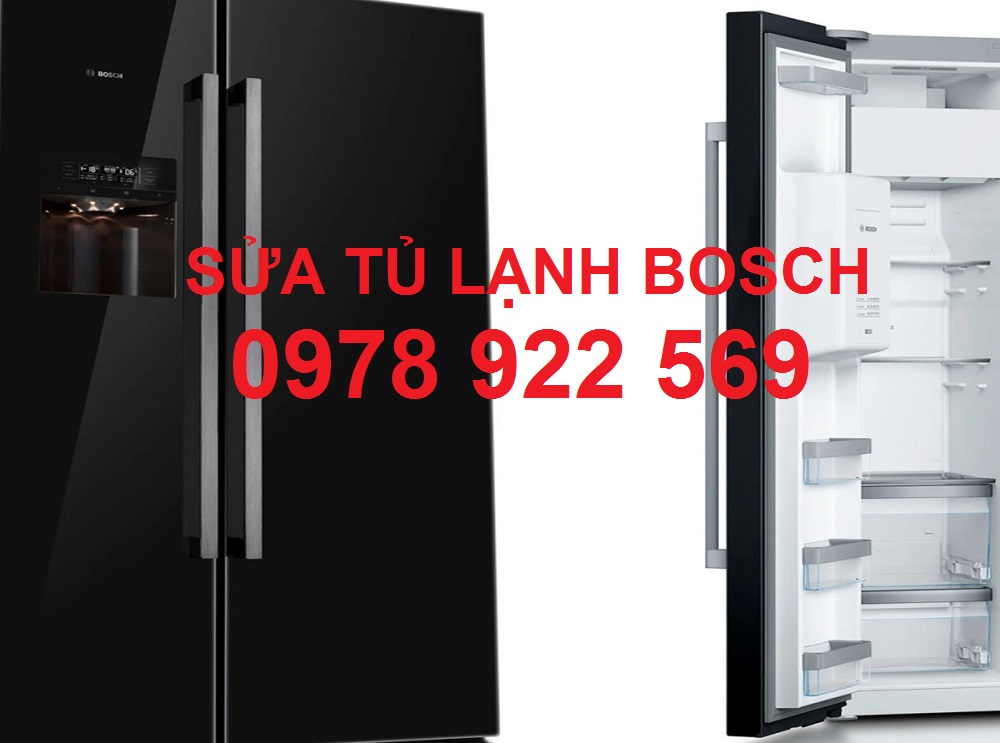Trạng từ chỉ mức độ (Adverbs of Degree) – TiengAnhK12 – Ôn luyện thông minh
Trạng từ chỉ mức độ
– Adverbs of Degree là gì?
Trạng từ chỉ mức độ cho biết mức độ (ít, nhiều, …) của một tính chất hoặc một đặc tính.. Các trạng từ chỉ mức độ thường được đặt trước tính từ, trạng từ hoặc động từ mà chúng bổ nghĩa, mặc dù có một số ngoại lệ.
Mục lục bài viết
Các
trạng từ chỉ mức độ
thường gặp được sắp xếp theo thứ tự giảm dần:
- Full degree (mức độ trọn vẹn): completely, totally, absolutely, entirely, quite
- Large degree (mức độ lớn): very, extremely, really, awfully, terribly
- Medium degree (mức độ trung bình): rather, fairly, quite, pretty, somewhat
- Small degree (mức độ nhỏ): a little, a bit, slightly
- Negative (không có gì): hardly, scarcely, at all
- Others (các loại khác): so, as; too; more, most, less, least
Ví dụ:
Trạng từ chỉ mức độ
Bổ nghĩa
Ví Dụ
extremely
adjective
The water was extremely cold.
quite
adjective
The movie is quite interesting.
just
verb
He was just leaving.
almost
verb
She has almost finished.
very
adverb
She is running very fast.
too
adverb
You are walking too slowly.
enough
adverb
You are running fast enough.
Cách dùng
trạng từ chỉ mức độ
1. Bổ nghĩa cho tính từ hoặc trạng từ
VD:
+ Tính từ:
- It’s very cold. I’m so tired.
- You’re absolutely right.
- These are rather expensive.
- We’re a bit busy today.
- It wasn’t at all interesting.
+ Adverb:
- I come here quite often. I saw her fairly recently.
- We hardly ever go out. He agreed somewhat reluctantly.
Có thể dùng phân số hoặc tỷ số phần trăm làm trạng từ chỉ mức độ.
- The bottle is only half full.
- The forecast was eighty per cent accurate.
Lưu ý:
Ta dùng completely, totally, absolutely… với các từ diễn tả mức độ trọn vẹn, hoàn toàn.
- This tin opener is completely useless. (useless = absolutely no use)
- We are absolutely delighted at the news. (delighted = very pleased)
Thường không dùng “very” hay “extremely” với những từ này:
- It’s very unsatisfactory. (
It’s very useless
)
- We were extremely pleased. (
We were extremely delighted
)
Một số từ thường không đi với “very” hay “extremely” bao gồm: amazed, amazing, appalled, appalling, awful, complete, delighted, dreadful, essential, false, fascinated, horrible, ideal, impossible, incredible, magnificent, marvellous, perfect, terrible, terrific, useless.
Sau một cụm từ với very, có thể dùng indeed để nhấn mạnh thêm.
- It’s very cold indeed today.
Ta cũng thường dùng very với ý phủ định.
- These photos aren’t very good. (phổ biến hơn so với “These photos aren’t good” hoặc “These photos are bad”)
Thay vì really, ta có thể dùng real trong lối nối hàng ngày, đặc biệt là tiếng Anh Mỹ.
- It’s real cold today.
Pretty and a bit hay được dùng trong lối nói thường ngày.
- I’m pretty sure I’ll be going.
Somewhat, a little, a bit và slightly mang nghĩa không được tốt, không được thoải mái, dễ chịu. Tuy nhiên, khi dùng với các thể so sánh, ý nghĩa của chúng trở nên tích cực hơn.
- The carriage was somewhat crowded.
- I felt a bit sick.
- I felt a bit better/somewhat more cheerful.
Dùng at all để nhấn mạnh nghĩa phủ định.
- Frankenstein wasn’t the name of the monster at all.
- There was nowhere at all to park.
Có thể dùng absolutely trước no và từ ghép của nó.
- There was absolutely nowhere to park.
Có thể dùng ever với từ phủ định.
- No one ever takes any notice of these memos.
Có thể dùng whatsoever sau nothing, none, hoặc sau no + Danh từ.
- There’s nothing whatsoever we can do about it.
- The people seem to have no hope whatsoever.
Trong lối nói hàng ngày, ta có thể dùng that thay cho so trong câu phủ định.
- No, they don’t own an aeroplane. They aren’t that rich.
Có thể dùng much, far hoặc rather để bổ nghĩa cho too.
- This coat is much too big for me.
Có thể dùng twice, three times… để diễn tả mức độ gấp bao nhiêu lần.
- I earn double/twice what I used to/twice as much as I used to.
- You’re looking ten times better than you did yesterday.
2. Bổ nghĩa cho một tính từ hoặc trạng từ ở thể so sánh.
- This new sofa is much nicer than the old one. (
very nicer
)
- Come on. Try a bit harder.
- The alternative route was no quicker.
Trước thể so sánh, ta có thể dùng: (very) much, a lot; rather, somewhat; a little, a bit, slightly; three times…
3. Bổ nghĩa cho cụm từ ở thể so sánh nhất
- It was just about the nicest holiday I could have imagined.
- We offer easily the best value / by far the best value.
Lưu ý: Trạng từ đôi khi có thể xuất hiện sau một cụm từ ở thể so sánh nhất.
- We offer the best value by far.
4. Cách dùng So/such, quite và too
Có thể dùng phần lớn
trạng từ chỉ mức độ
với một tính từ thuộc ngữ (tính từ đứng trước danh từ mà nó bổ nghĩa)
- that very tall girl
- my fairly low score
- a rather nice restaurant
Nhưng sau a/an, ta không thường dùng so hoặc quite.
- – She’s such a tall girl. (
a so tall girl
)
- – It’s quite an old book. (“a quite old book” ít gặp hơn)
Vị trí của
trạng từ chỉ mức độ
trong câu
Trạng từ chỉ mức độ thường đứng trước động từ, tính từ hoặc trạng từ mà nó bổ nghĩa.
Ví dụ:
- He hardly sleeps on the weekend. (đứng trước động từ chính)
- She is extremely polite. (đứng trước tính từ)
- She plays piano very well. (đứng trước trạng từ)
Nhưng enough đứng sau tính từ hoặc trạng từ.
Ví dụ:
- The box isn’t big enough.
- You should write clearly enough for us to read.
At all cũng có thể đặt ở cuối câu.
Ví dụ:
- It wasn’t interesting at all.













